Short Fiction Review #32: Bull Spec #2 Summer 2010
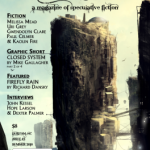 The unfortunately named Bull Spec (I’m assuming this is a reference to Bull Durham tobacco and/or the Kevin Costner movie that takes place in Durham, N.C. where the magazine is based and its intent to feature local writers of “speculative fiction”) has published its second issue as part of an ambitious plan in an age when print is on the decline to put out two more in 2010 and qualify as a quarterly magazine. Editor Samuel Montgomery-Blinn responded to my complaint that the website looks like something from the 1990s that it was in fact built using software tools of that era because, for now, he’s more concerned about the look and quality of the print publication (also available as a pdf download).
The unfortunately named Bull Spec (I’m assuming this is a reference to Bull Durham tobacco and/or the Kevin Costner movie that takes place in Durham, N.C. where the magazine is based and its intent to feature local writers of “speculative fiction”) has published its second issue as part of an ambitious plan in an age when print is on the decline to put out two more in 2010 and qualify as a quarterly magazine. Editor Samuel Montgomery-Blinn responded to my complaint that the website looks like something from the 1990s that it was in fact built using software tools of that era because, for now, he’s more concerned about the look and quality of the print publication (also available as a pdf download).
In that, he’s succeeded in producing a full-size, glossy, thick stock, some color magazine that has a look and feel comparable to Interzone, featuring interviews, a serial graphic story, reviews. poetry and short fiction. While the magazine looks fresh and contemporary, like the website the short fiction is from another era, i.e., a pulp magazine of the 1940s. All five stories hinge on the main character coming to some realization about his/her plight in life due to some science fictional contrivance or fantastical occurrence. In every case, you see the O’Henry twist long before it is supposed to surprise you.
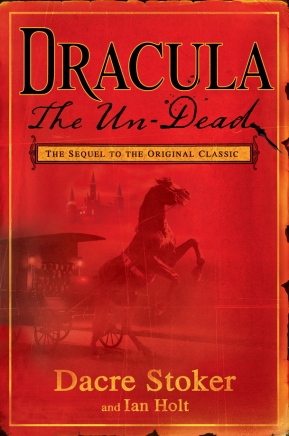
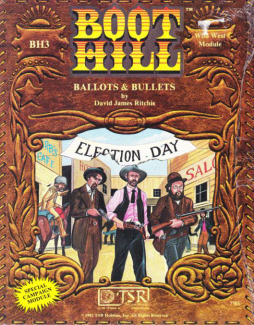
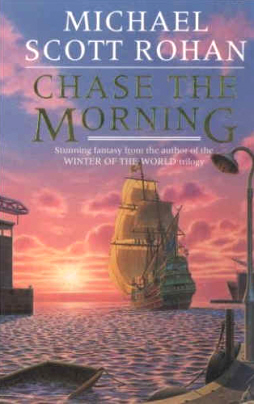 Steve is a very normal man, perhaps even a bit boring. He works at an English shipping company, handling inventories and looking forward to a career in politics once he climbs the business ladder as far as it will take him. One day, for no particular reason, a sudden fit of discontent sends him down to the docks looking for something different, perhaps a restaurant he hasn’t visited. In an alley, he sees a man being attacked . . .
Steve is a very normal man, perhaps even a bit boring. He works at an English shipping company, handling inventories and looking forward to a career in politics once he climbs the business ladder as far as it will take him. One day, for no particular reason, a sudden fit of discontent sends him down to the docks looking for something different, perhaps a restaurant he hasn’t visited. In an alley, he sees a man being attacked . . .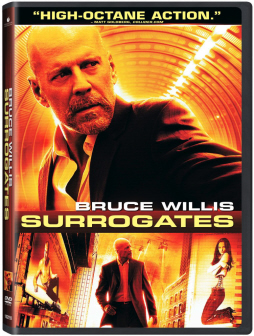 Early on in this film we see Bruce Willis with hair and looking young, and not Die-Hard bashed up, and we wonder absently if this time he’ll actually finish the film as scar-free as he began it. The Willis we begin with is quickly established as a ‘surrogate,’ the robot avatar of the real Willis character, Tom Greer, and it doesn’t take long for both Greer and his surrogate to get bashed up in familiar form.
Early on in this film we see Bruce Willis with hair and looking young, and not Die-Hard bashed up, and we wonder absently if this time he’ll actually finish the film as scar-free as he began it. The Willis we begin with is quickly established as a ‘surrogate,’ the robot avatar of the real Willis character, Tom Greer, and it doesn’t take long for both Greer and his surrogate to get bashed up in familiar form.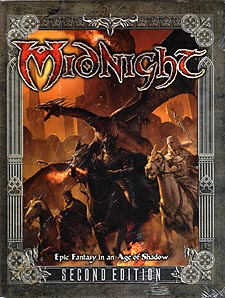 “Imagine if Frodo had died during his journey and the One Ring had returned to Sauron.”
“Imagine if Frodo had died during his journey and the One Ring had returned to Sauron.”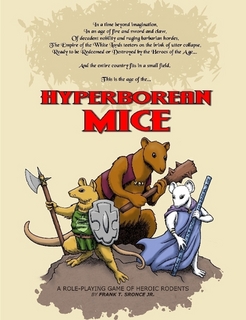 Am I a bad gamer if I really, really want to play this game?
Am I a bad gamer if I really, really want to play this game?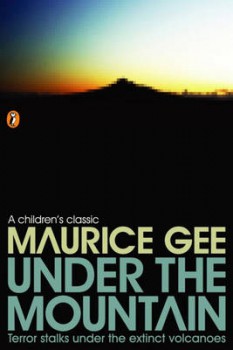 Under the Mountain (1979)
Under the Mountain (1979)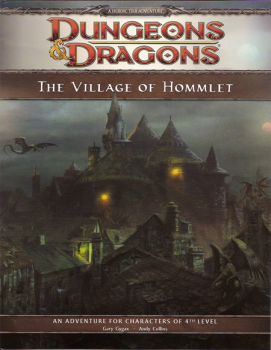 How cool is this? Wizards of the Coast has released an updated version of Gary Gygax’s 1979 classic The Village of Hommlet, one of the most celebrated AD&D adventures and the first part of the notoriously difficult
How cool is this? Wizards of the Coast has released an updated version of Gary Gygax’s 1979 classic The Village of Hommlet, one of the most celebrated AD&D adventures and the first part of the notoriously difficult 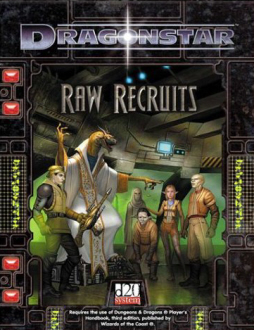 D&D in space. It’s an idea that has been around for a long while in the form of TSR/WotC’s Spelljammer.
D&D in space. It’s an idea that has been around for a long while in the form of TSR/WotC’s Spelljammer.